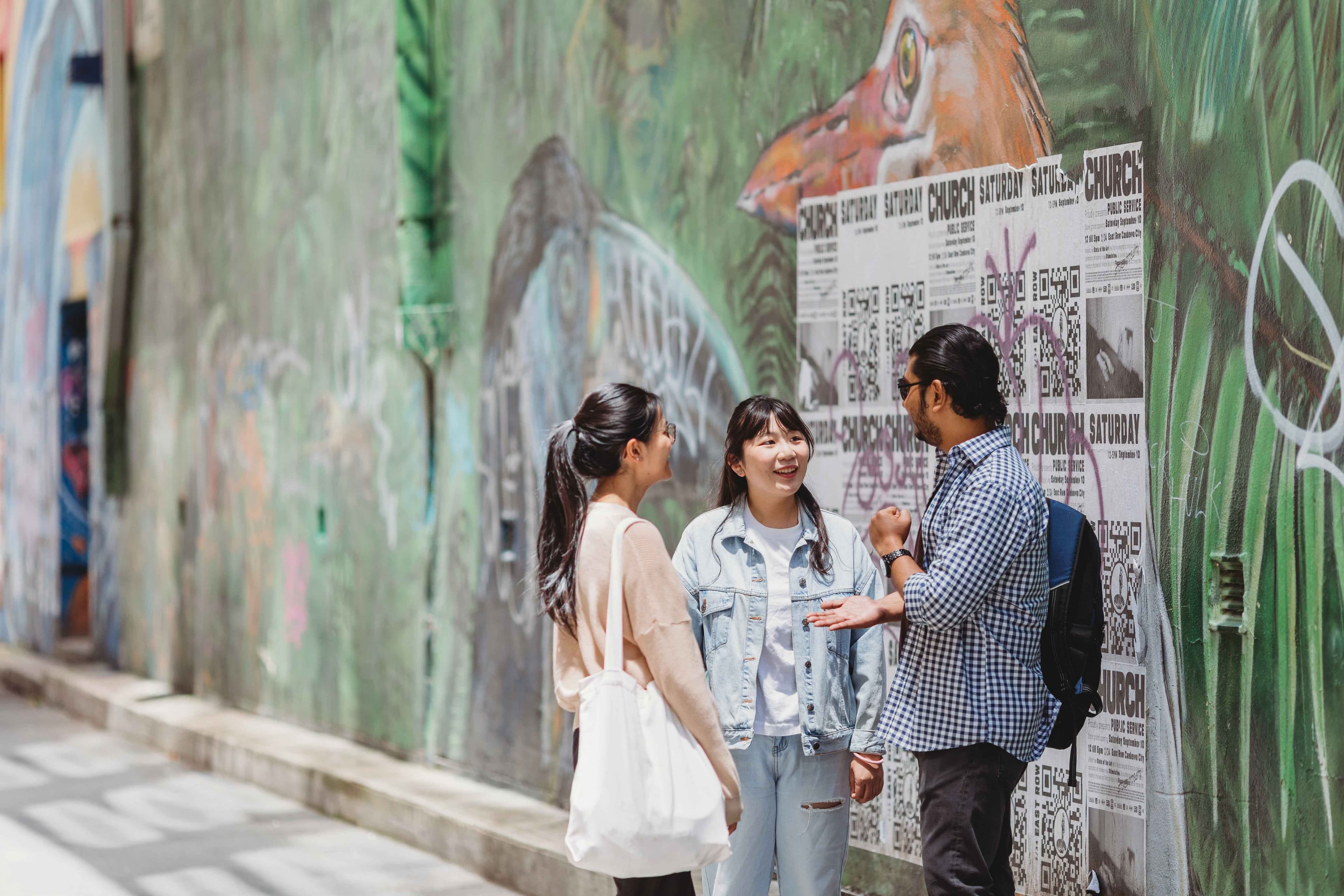
Student Guide
Created by local experts, find out more about the city and how to enjoy your time studying and living in Canberra.
Read more
We acknowledge the Traditional Custodians of the ACT, the Ngunnawal people and recognise any other people or families with connection to the lands of the ACT and region.
Australia is home to one of the oldest and richest cultures in human history. As the nation’s capital, Canberra is the perfect place to learn about Aboriginal and Torres Strait Islander culture from a national and local perspective.
From exploring artworks to joining tours, getting hands-on, and learning the history of the area, here are some options to immerse yourself in Canberra’s Indigenous heritage.
A great place to start is the National Gallery of Australia, home to the world’s largest collection of Aboriginal and Torres Strait Islander art, and much of it is free to explore. Also free to visit is the powerful Talking Blak to History exhibition at the National Museum of Australia.
Located just next door, the Australian Institute of Aboriginal and Torres Strait Islander Studies (AIATSAS) tells the story of Aboriginal and Torres Strait Islander Australia. You can visit their exhibition space, conduct your own research in the Stanner Reading Room, or make an appointment to view access material in the AIATSIS Collection. Or just across the road from Old Parliament House is the Aboriginal Tent Embassy, an ongoing protest for Indigenous land rights.

Want to browse handcrafted arts, crafts and exhibitions? Visit the Burrunju Art Gallery, which showcases established and emerging independent Aboriginal artists. Or at the Aboriginal Dreamings Gallery, you can browse and buy original Aboriginal art, jewellery and gifts.
A little further afield, visit Tidbinbilla Nature Reserve, which is a place of historical and ongoing significance to the local Ngunnawal people. There, you can explore the oldest known inhabited rock shelter, dating back to the end of the last ice age.
The best way to better understand the unique perspectives of First Nations peoples, along with their experiences, cultures and connection to Country? Take a tour led by an experienced Aboriginal guide.
To learn about Canberra’s local Ngunnawal culture, Dhawura Tours offers half or full-day tours where you can follow in the steps of their ancestors. At the National Museum of Australia, there is a daily tour focussed on First Nations peoples, their history, culture and connection to Country.

The picturesque National Arboretum offers a range of Ngala Tours, where you can learn about local native plants, and Aboriginal culture. Or learn the stories of our Indigenous parliamentarians by joining a ‘Yeribee’ Indigenous experiences tour of Parliament House.
You can also take a self-guided walking tour of Reconciliation Place, which sits between the National Library of Australia and the High Court of Australia. Stretching just over 1 kilometre, explore artworks along the way that tell the story of progress towards becoming a reconciled nation.
At Burrunju Art Gallery, you can join a workshop to try your hand at Aboriginal painting or making artefacts. Or once a month at the National Arboretum, you can learn about both contemporary and traditional weaving and create a woven piece of art at the Weaving for Wellbeing workshops.
Throughout the year, there are several significant dates on the calendar dedicated to acknowledging, celebrating and learning about First Nations peoples and culture.
Every year from 27 May to 3 June is National Reconciliation Week, which includes Canberra’s own Reconciliation Day public holiday. It’s a great time to celebrate and learn about the cultures and histories of Australia’s Aboriginal and Torres Strait Islander peoples, and to explore how everyone can contribute to achieving reconciliation in Australia. The first week of July every year is National NAIDOC Week, with a range of celebrations held recognising the history, culture and achievements of Aboriginal and Torres Strait Islander peoples.
You can learn about more significant dates for Aboriginal and Torres Strait Islander Peoples here.